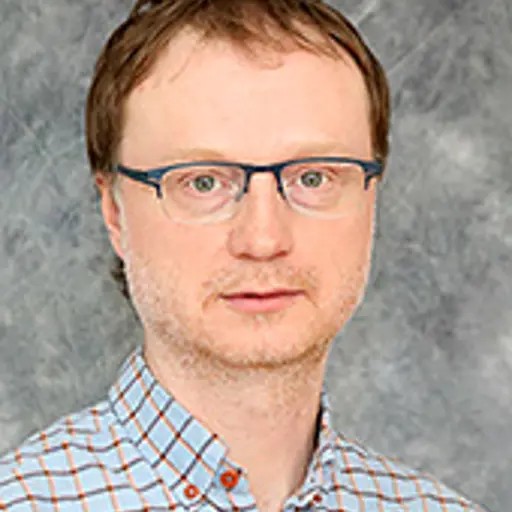– The theory we use explains how evolution under the right conditions can suddenly move from a micro to a macro level. A so-called Evolutionary Transition in Individuality, which is a nearly universal explanation of explosive increases in complexity and diversity of the kind we see when the human being entered the stage, says Claes Andersson, at the Chalmers division of Physical Resource Theory.

– The theory we use explains how evolution under the right conditions can suddenly move from a micro to a macro level. A so-called Evolutionary Transition in Individuality, which is a nearly universal explanation of explosive increases in complexity and diversity of the kind we see when the human being entered the stage, says Claes Andersson, at the Chalmers division of Physical Resource Theory.
– The theory explains in a conceptually simple way how human societies could emerge evolutionarily as organized and functional entities at the community level - even though its individual members didn't understand, or even could understand, how societies work. The model we use is also considered to describe life's origin in primitive cells, so-called protocells, over four billion years ago., says Claes.
The article "Toward a Macroevolutionary Theory of Human Evolution: The Social Protocell in the Chalmers research database" is published in Biological Theory by Claes and Petter Törnberg, previous PhD Student at Chalmers, currently at the Universiteit van Amsterdam.
Contact

- Senior Researcher, Physical Resource Theory, Space, Earth and Environment